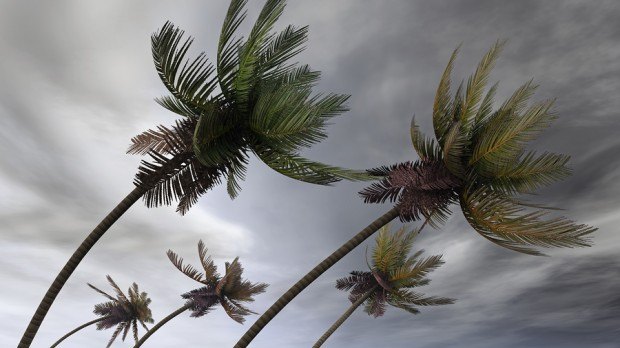Hurricane Dorian may be history, but catastrophe modeling firms are still calculating insured losses for damage the storm inflicted on the U.S. and Caribbean region.
 Karen Clark & Co. issued an updated estimate of more than $5.2 billion in insured losses due to Hurricane Dorian in the U.S. and Caribbean. More than $1.5 billion of that involves damage inflicted on the U.S. in terms of privately insured wind and storm surge damage to residential, commercial and industrial properties and automobiles (NFIP losses not included). U.S. insured losses were primarily coastal, including wind damage in North and South Carolina, where most of Dorian’s hurricane force winds made themselves known.
Karen Clark & Co. issued an updated estimate of more than $5.2 billion in insured losses due to Hurricane Dorian in the U.S. and Caribbean. More than $1.5 billion of that involves damage inflicted on the U.S. in terms of privately insured wind and storm surge damage to residential, commercial and industrial properties and automobiles (NFIP losses not included). U.S. insured losses were primarily coastal, including wind damage in North and South Carolina, where most of Dorian’s hurricane force winds made themselves known.
The loss estimates for the Caribbean (including $3.6 billion for the Bahamas and $84 million for the U.S. Virgin Islands) cover insured losses to commercial, residential and industrial properties but don’t cover automobiles, Karen Clark & Co. said.
Catastrophe modeler RMS said that insured losses from Hurricane Dorian in the Caribbean will hit between $3.5 billion and $6.5 billion. Its estimate stems from damages relating to wind and storm surge in the Bahamas and elsewhere in the Caribbean. RMS said most of the insured losses will be in the Bahamas, particularly Grand Bahama and Abaco Islands. RMS calculations did not include a U.S. loss estimate.
Jeff Waters, senior product manager for RMS North Atlantic Hurricane Models, said the damage to key transportation venues such as ports, roads and airport in the Bahamas will limit residents’ ability to return to damaged structures. He added that as a result, cost of materials will likely spike and the repair process could be prolonged.
Hurricane Dorian was the first major hurricane of the 2019 Atlantic hurricane season, initially making landfall in the Bahamas on Sept. 1 as a Category 5 storm.
Sources: RMS, Karen Clark & Co.





















 NOAA Announces Latest AI-Driven Global Weather Models
NOAA Announces Latest AI-Driven Global Weather Models  Why the Middle Market Matters and How Insurers Can Capture It
Why the Middle Market Matters and How Insurers Can Capture It  How Insurers Can Avoid Post-Merger Technology Failure
How Insurers Can Avoid Post-Merger Technology Failure  Northern California Flooding This Weekend Caused by Heavy Rain, High Tides
Northern California Flooding This Weekend Caused by Heavy Rain, High Tides 








